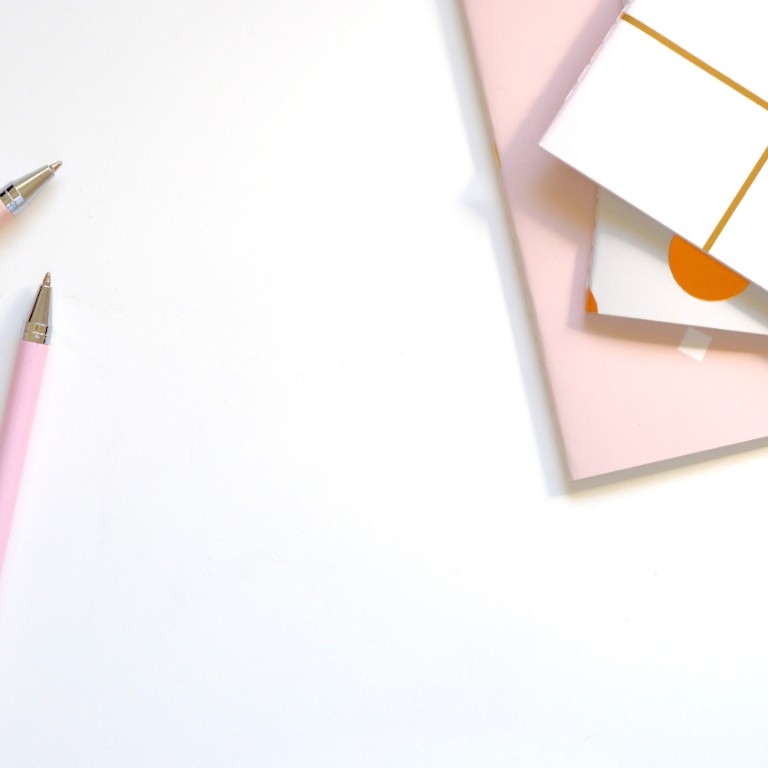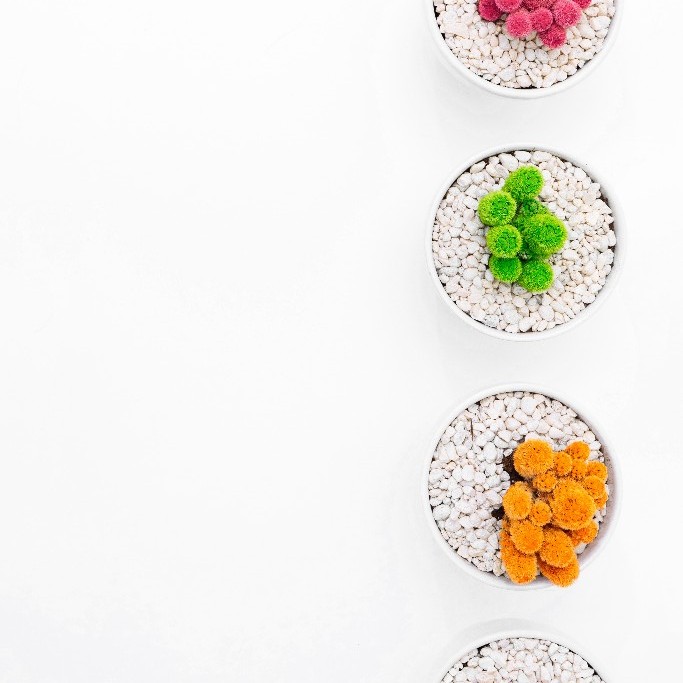After a few intense days of meticulous tissue washes and antibody incubations, my staining is finally ready. I am staring at it down the microscope. I enjoy what I see: a dark brown color exactly where I expect to see it! Am I good or what? I give myself a figurative pat on the back and an imaginary high-five. Excited and proud, I call my supervisor, who glares intently at it and then firmly, and rather surprisingly, asks me to re-run the staining. What went wrong? What did I miss? I must get to the bottom of this!
Immunohistochemistry (IHC) is a common assay in scientific research and a precious resource in pathology for morphologic diagnosis and for studying the pathogenesis of the disease.
Proper methodology and interpretation of an immunohistochemical assay are absolutely vital. Besides finding a specific antibody, a major challenge in IHC is that of reducing non-specific interactions without, at the same time, impairing antibody-epitope binding.
Yet, it takes multiple efforts and deep scientific knowledge of the technique, the tissue, and the target protein to discriminate false positives.
Good immunohistochemical staining is achieved when a sufficient quantity of primary antibody penetrates the sample to bind its related antigenic target with high specificity. However, in most cases, the same physiochemical forces that govern specific antibody-antigen interactions, such as hydrophobic interactions, ionic interactions, and hydrogen binding, also contribute to non-specific binding and other artifacts.



